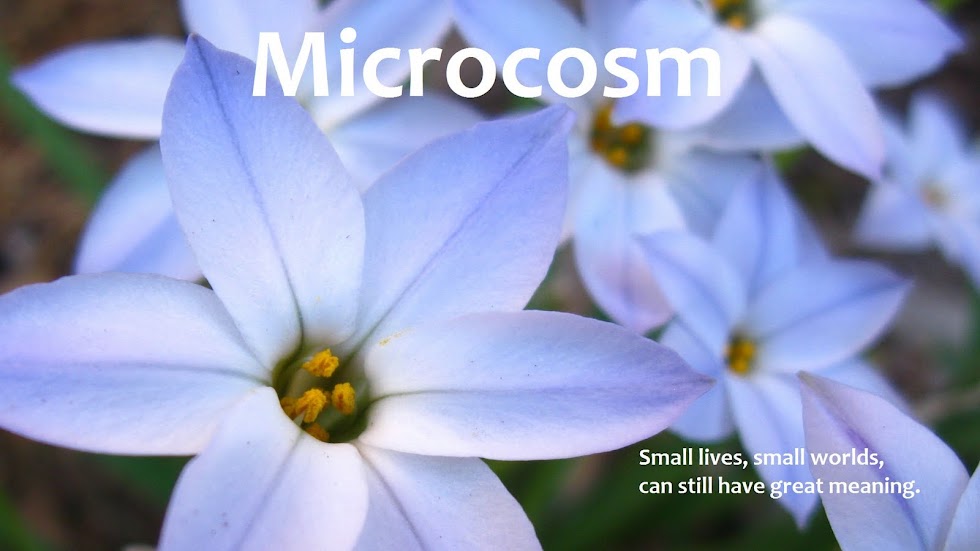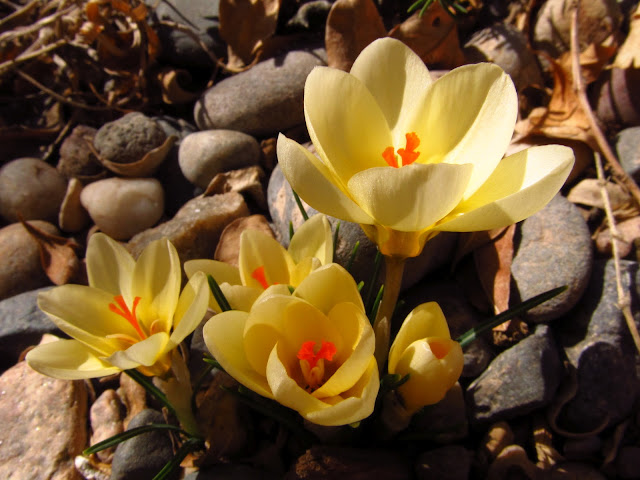They're leaving. Last weekend as I sat on the patio the sandhill cranes were circling overhead, riding the thermals to gain altitude, one small flock after another joining the rising spiral in a sky streaked high with cirrus clouds. All the while they were calling out, but their normal creaky purr sounded remote, as detached as an echo, as if their thoughts were already elsewhere. Abruptly, the haphazard circles broke apart and stretched into the trailing limbs of a V. The cranes locked on to magnetic North, and in a few minutes they were gone. A little later a new flock appeared, circling, calling, distant, the hive mind already focused on summer nesting grounds.
The cranes are heading north a little early this year, I think. I often hear them around the third week of February, but just a few, the early scouts rather than the main troops. This wasn't the vanguard, though. It was the full migration, a morning's worth of cranes, and not the only one. They're leaving. Last week I heard them go overhead by the hundreds; yesterday I heard a few flocks go by; today a few birds. By now they may all be gone.
Their departure is one of the few pangs of winter's passing for me. I almost always take a trip down to the cranes' winter quarters at Bosque del Apache or thereabouts over Presidents' Day weekend to bid them farewell. This year I wasn't able to manage it. Instead I kept vigil from the patio, with crocuses for company. It seemed fitting: the fall-blooming crocuses had joined me in welcoming the cranes last November; how right, then, that the spring bloomers should be present to see them off again.
Funny. In the last post I talked about crocuses nestling among the pebbles in the garden's settled beds. The central bed, though, is still in the throes of re-planting and is largely empty and unmulched. A small patch of crocuses there has come into bloom in the open space under a young Agastache rupestris—and it is actually blooming as a patch.* With these flowers, blossoming on bare earth, I'm not so much aware of happy nestling and groundedness as of the way they reach skyward, stretching with all their might toward the sun.
It's as if they, too, want to travel with the cranes, as if roots and gravity are impediments, as if wanderlust burns hot inside them, and they ache with the desire to fly, to be away, to look over the garden walls to the next hill, and the one after, and the one after that, with the horizon always one siren song beyond. It's as if they feel the pang of being left behind, the walls closing in behind them.
 |
| Bernardo Wildlife Area, NM, February 2011 |
The way that I do, too.
________________________
* If you want to join me in jumping up and down for joy, I won't stop you.
When you're tired of my exploring different ways of looking at a crocus, please do say so. I don't have to reach thirteen (and won't, I promise). In the meantime, don't miss Jean of Jean's Garden's post on different ways of viewing forsythia. It's fascinating and delightful both, and strikes home for anyone who's ever experienced a dull, gray winter. (Most likely, that would be you.)
Other not-to-be-missed participants are b-a-g at Experiments with Plants and HolleyGarden at Roses and Other Gardening Joys.
















